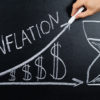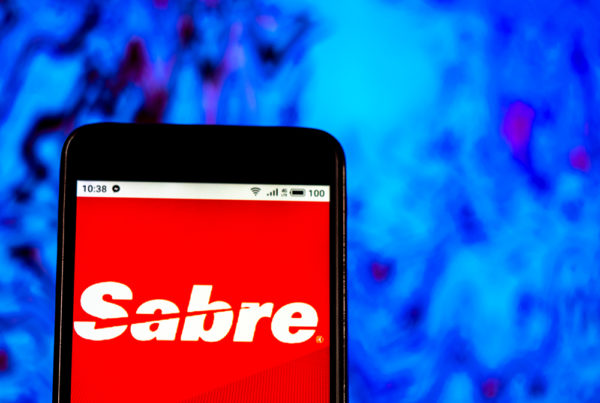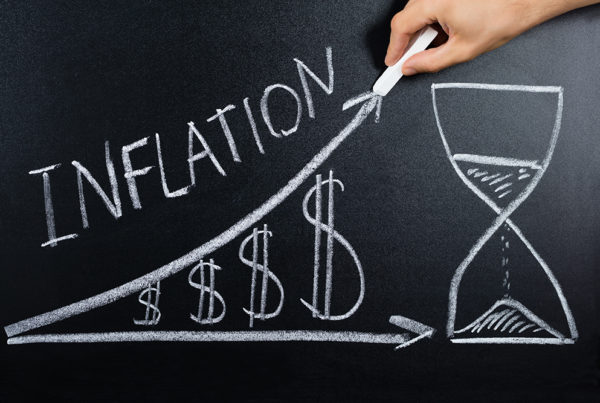It’s the oldest continuously tracked exchange rate in history. The Roman Empire set the ratio at 12:1; centuries later, the United States fixed the ratio at 15:1 with the Mint Act of 1792.
I’m referring to the gold/silver ratio (GSR), which shows how many ounces of silver it takes to buy an ounce of gold. These days, the ratio is in constant flux because the prices of gold and silver themselves fluctuate constantly during the trading day but it still serves as a good indicator.
The analysts at GoldSilver.com point out that, for precious metals investors, the ratio is most valuable at the extremes. A ratio of 80 or higher is an indication that silver would be relatively inexpensive in relation to gold. Indeed, the last three times this happened, silver went on to rally 40%, 300% and 400%, they said. Conversely, a GSR below 20 is an indication that gold is inexpensive relative to silver.
In the article below, contributor Dave Sterman looks at the GSR – among other factors – in giving his take on which precious metal offers the better value at the moment.
— Bob Bogda, Editor
P.S. Like what you see? Don’t like what you see? Let me know.
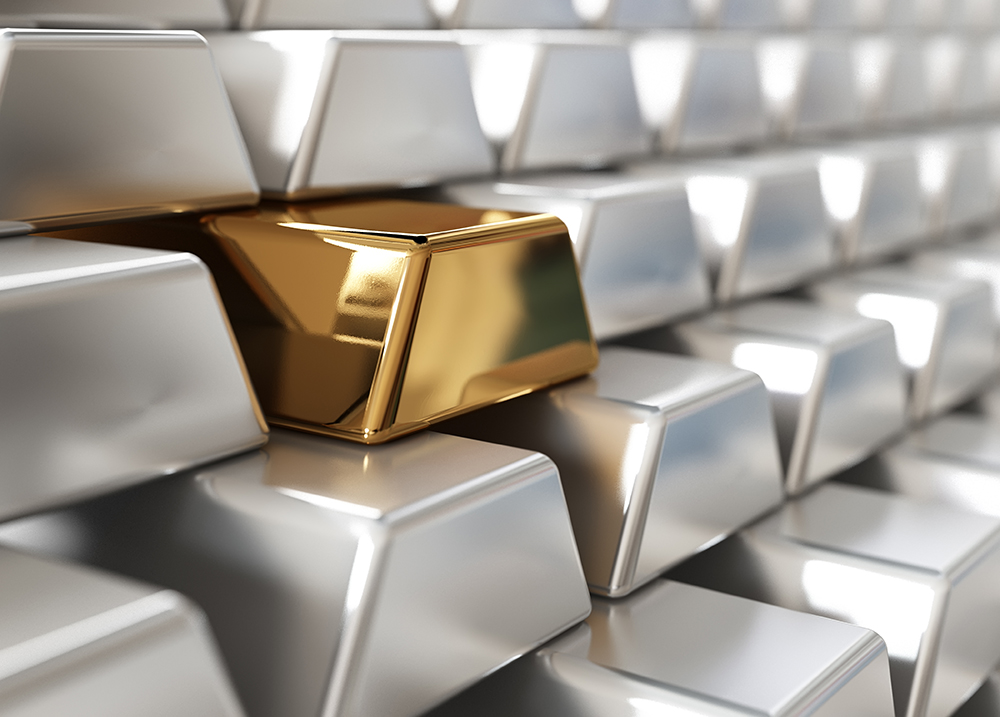
In the face of rising economic and political instability, investors have been looking to park some of their funds in safe havens. Gold and silver have been a smart choice. Gold bullion, for example, has risen 22% in the past six months, to around $1,903 per ounce, while silver prices have surged a stunning 87% in that time, to around $24.
However, a longer-term view paints a different picture. While gold now trades at an all-time high, silver is nearly 40% below peak prices seen back in 2011. Silver’s rally this year is really about making up for lost ground.
So, what’s next?
We can look to several guideposts for the answer. First is what is known as the gold/silver ratio. Going back to 1998, an ounce of gold has been worth, on average, about 73 times the price of silver. For a brief stretch in the middle of 2019, that ratio approached 130. That helps explain silver’s subsequent sharper rally. Today, the metric stands near its long-term average of 78.
Gold-to-Silver Ratio for the Last 5 Years
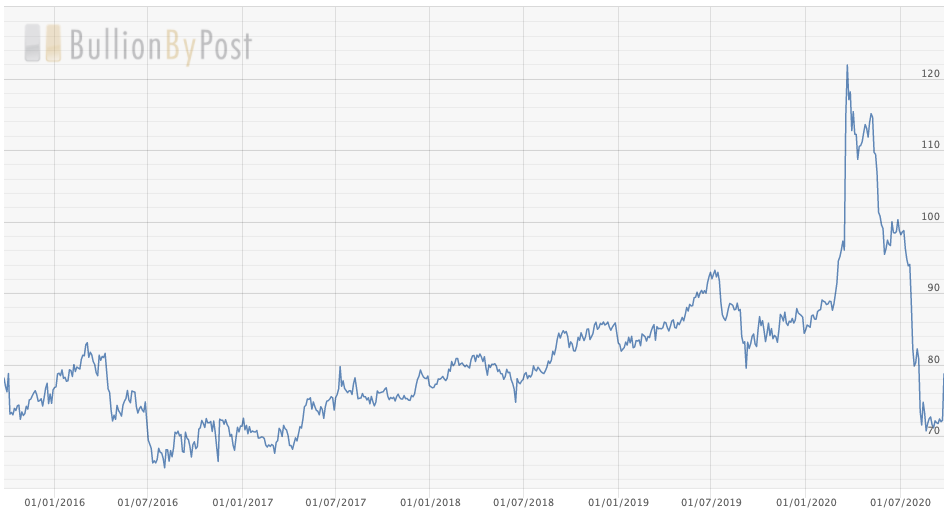
(Source: BullionByPost)
Gold is so much more expensive than silver because it sees stronger demand as a storehouse of value by central banks and consumers alike.
If the gold/silver ratio doesn’t shed light on the future direction of pricing of these precious metals, then we can look to other gauges.
While gold’s primary role in the global economy is as a “safe haven” asset against global turmoil (in addition to being used in jewelry), silver is more of an industrial metal. It is used in metal alloys, batteries, dentistry, glass coatings, LED chips, medicine, nuclear reactors, touch screens, water purification and more.
Some of these end-uses are sensitive to economic growth. So, if you take a dim view of global economic growth over the next few years, you’re probably not going to be buying much silver.
However, silver also plays a dynamic role in the growing solar energy industry.
This past June, CRU Consulting published a report on the topic, noting that solar power generation is expected to increase to 1,053 TeraWattHours (TWh) in 2025, almost doubling from 615 TWh in 2019. That’s a 9.4% yearly growth rate.
The World Bank forecasts that by 2050, consumption of silver in clean energy technologies such as solar will grow dramatically, reaching a level equivalent to more than 50% of current total silver demand. That would be up from 11% in 2019, according to CRU.
SPONSORSHIP
Biggest transfer of wealth in U.S. history has begun
A Maryland multimillionaire says the biggest legal transfer of wealth in American history has just gotten underway.
From a recent $24 per ounce, analysts at Bank of America expect silver prices to firm up as the global economy rebounds after the pandemic. And they note that “demand should also strengthen on the bank of the green stimulus; we see $35/ounce feasible for next year but highlight that the white metal could rally to $50/ounce in the medium-term.”
That view likely assumes that Democrats take control of the White House and the Senate in upcoming elections. Vice-President Joe Biden has spoken of substantial government support for clean energy technologies like solar power.
These analysts are equally bullish on gold, predicting a rise to $3,000/ounce, if the global economy rebounds and inflation concerns strengthen. Gold is always in favor when inflation looks poised to rise.
To my mind, the respective cases for gold and silver favor the outlook for silver. It’s increasingly likely that we’ll see a steady surge in solar technology spending in coming years as climate concerns rise. The gold/inflation case is built on more tenuous assumptions, in my view.
Regardless of which precious metal you favor, it’s also important to determine the best way to glean exposure to them. Many investors seek out gold and silver coins, which is a lousy way to invest. These coins are often sold at massive mark-ups in relation to the actual value of the precious metal contained within them. And many buyers have discovered that the coins are worth a lot less than they thought once it comes time to sell. Firms that specialize in buying and selling such coins know how to buy low and sell high, which means the opposite is in place for you, the consumer.
Silver and gold exchange-traded funds (ETFs) are a popular choice for many, but I prefer to own mining firms, which stand to best benefit from the production and sale of gold and silver. And my top mining pick is Plains All American Silver (PAAS), which actually produces both precious metals in high volumes, despite its name.
Plains All American produced $86 million in cash flow in the second quarter, up 14% from year-earlier levels and ahead of consensus forecasts. Firms like this tend to trade at a mark-up to the value of their un-mined gold and silver still in the ground, known as net asset value (NAV). Industry-wide, they tend to be valued at 2.5 times NAV (as that unmined metal is sold at substantially higher prices than mining costs). Plains All American has NAV of around $22 a share, suggesting upside to $55 a share if you apply that NAV multiple.
Action to Take: Consider buying shares of Plains All American Silver (PAAS) up to $40 and sell at $52.
SPONSORSHIP
 5 Stocks to make up the PERFECT 2020 gold portfolio
5 Stocks to make up the PERFECT 2020 gold portfolio
This report is a primer to today’s evolving gold investment environment. Not only does it cover some of the basics like how to hedge your wealth safely with gold… but it also breaks down industry trends sector by sector… and pinpoints several high-quality growth stocks along the way.




